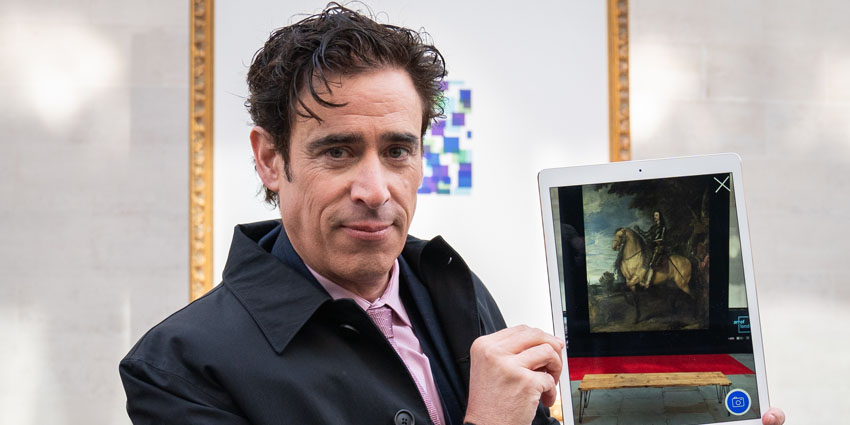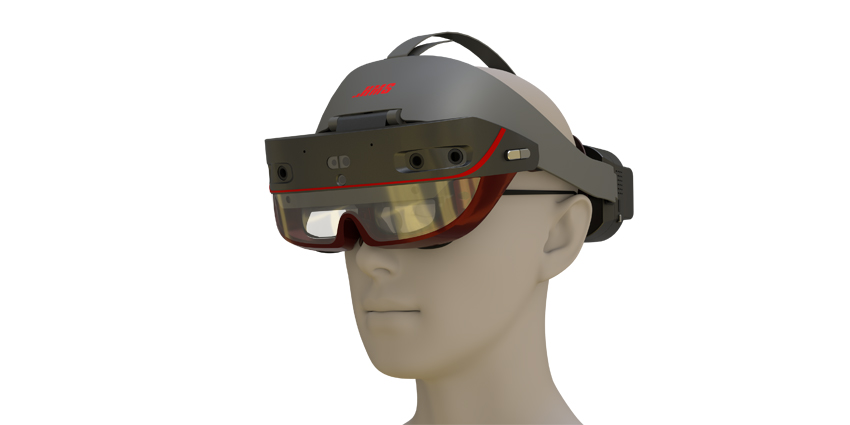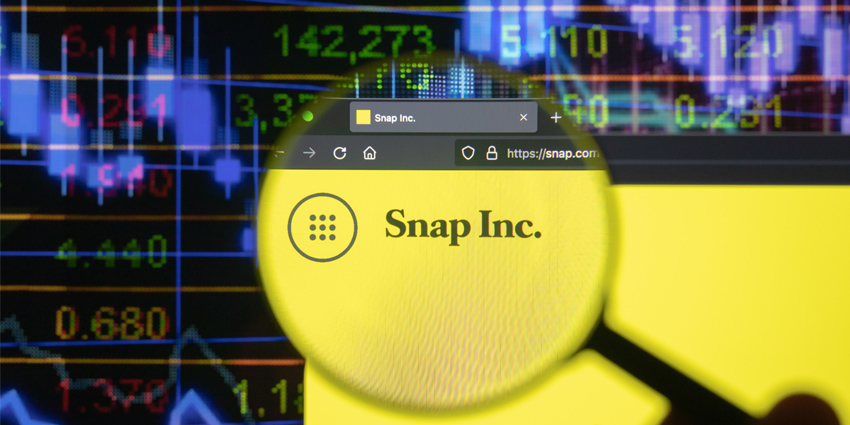Art of London, a leading organisation showcasing London’s finest art institutions, theatres, street artists, retailers, and others, has opened an “Augmented Gallery” exhibition in London from May 6 to July 1.
The Heart of London Business Alliance, along with the National Gallery, Royal Academy of Arts, National Portrait Gallery, Sky Arts, and creative communications agency Premier, have teamed up to virtually display select paintings along the mile-long exhibition in London’s iconic West End.
The Augmented Gallery aims to transform the public space via the “Art of London AR Gallery” app, which allows affiliated galleries to safely curate their artwork amid the ongoing coronavirus pandemic.
The Augmented Gallery app can be downloaded for iOS and Android.
Users can view the virtual gallery, which stretches across 20 locations from Trafalgar Square to Green Park, on the app by scanning QR codes found along the trail on city walls.
The breakthrough exhibition will also feature an itinerary for additional activities to join while viewing virtual works, providing a major boost to the tourism and creative industries in the British capital.
Actor and presenter Stephen Mangan, who has presented the Sky Arts Portrait Artist of the Year award since 2019, has contributed audio commentary along with comedian James Acaster and many others.
Ros Morgan, Chief Executive at Heart of London Business Alliance, said:
“This is a real landmark initiative that brings together some of London’s leading cultural institutions. The West End has so much to offer in terms of culture, retail and leisure, but it has been disproportionately hit by the pandemic”
Morgan added attracting the public back to the area “safely and responsibly has never been more important” and he hoped the Augmented Gallery would play a role in doing so.
The Augmented Gallery was a “wonderful opportunity” for visitors to view the National Portrait Gallery’s collections, which included Shakespeare, Mary Seacole, Noël Coward, and Willard White, she added.
National Gallery Exec Comments on Augmented Reality
When asked what was unique about using AR to curate artwork, a top spokesperson for the National Gallery told XR Today that “the real benefit is in using” the technology.
Lawrence Chiles, National Gallery Head of Digital Services, added that while AR had numerous applications, the National Gallery would always “focus on the audience and story first”.
But AR gave the Gallery a “fantastic” method of placing paintings in new settings, allowing users to chance to understand scale without having to visit in-person.
He added: “Our paintings have great stories which are often connected to place, so AR enables us to think about taking the paintings to locations to help connect those stories.”
Speaking about how COVID-19 has impacted the National Gallery’s operations, and whether extended reality (XR) interfaces were a useful tool in bringing art to the public amid the pandemic, Mr Chiles explained how such projects could reach a much wider audience in the United Kingdom and abroad.
Mr Chiles concluded:
“XR technologies can help us take the paintings out to the nation’s homes in increasingly interesting and playful ways, whether that is on mobile, dedicated headsets or using the browser. Connecting to culture digitally has been a really important factor for many people during lockdown, and we can only hope we’ve helped with some of our digital delivery”
UK Art and Entertainment Industry and COVID-19
The project is one of many efforts to attract people to the arts sector amid COVID-19, and comes just a few months after the UK government unveiled a massive lifeline to rescue the embattled industry.
UK Chancellor Rishi Sunak and Culture Secretary Oliver Dowden launched a £1.57bn Culture Recovery Fund—the largest investment plan for the arts in recent history—which aims to support individuals and venues struggling with national lockdowns aimed at controlling the ongoing COVID-19 pandemic.
As of April 2, the Arts Council has pledged a total of £751 million to back over 3,000 organisations badly hit by coronavirus, including concert halls, nightclubs, and other venues.
According to figures from the Arts Council England, the arts industry contributes roughly £3 billion each year in taxes and around 340,000 jobs.
A July 2020 report from the House of Lords revealed the arts and culture industry contributed £10.47bn to the British economy, or 0.5 percent of the nation’s economy, in 2019. The pandemic had slashed 46 percent of the country’s total ouput by the fourth quarter (Q4) in 2020.
Art of London’s AR-enhanced gallery is one of many examples of the positive impacts augmented reality has contributed to vertical sectors across the economy.
XR Today reported last year the Museum of Modern Art partnered with eight internet artists to build an AR digital gallery, with the immersive reality projects bringing to life featured showpieces and extending the experience with interactive games and other immersive content.







